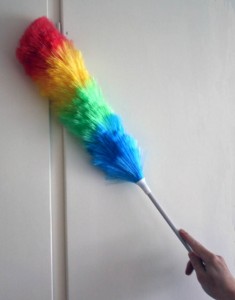According to Cadillac, 50% of new car buyers are willing to upgrade and pay more for Cadillac vehicles that have special color options. There is no doubt that color plays an important part of emotional branding and marketing as well as brand differentiation, but this statistic demonstrates that luxury brands might want to take a closer look at their color strategies because it could be a differentiator and a moneymaker.
JDSU has worked with Cadillac for years, developing special luxury colors for the luxury brand. For example, have you ever seen a Cadillac that seems to change colors when you look at it from different angles? That’s a JDSU effect that Cadillac markets as “subtle and sophisticated.”
To showcase its collaboration with Cadillac, JDSU has created “JDSU Revs Up Car Colors with Cadillac,” a look into how choosing the right colors can help differentiate a brand. The site includes interesting videos with color experts and offers insight into the color trend analysis services JDSU provides to help Cadillac determine what colors will be popular on its vehicles several years out.

Interestingly, this level of color analysis isn’t used by Cadillac or the automotive industry alone. JDSU color services are actually used by a wide variety of companies to help differentiate their products and brands. For example, color analysis is an important part of brand strategy for companies in the consumer electronics, sporting goods and cosmetic industries, too.
Color marketing isn’t a new area of marketing and branding strategy, but it’s certainly one that’s gaining attention as companies look for any conceivable edge in consumers’ minds and wallets. Dell’s Inspiron Mini 10 netbooks are offered at a base price in black, but if you choose your netbook in another color such as (Product) Red, Promise Pink, Ice Blue, Jade Green, or Passion Purple, you’ll have to pay more. Other brands haven’t jumped onto the premium price for color bandwagon, such as Apple whose iPod nano, for example, is available in ten color choices — all with the same price tag.
The interesting point to analyze is which products consumers would actually be willing to pay more for enhanced color options. 50% will for Cadillacs. I wonder what the statistic is for Dell.
What do you think? What other industries or products would you be willing to pay extra for cool color choices?
Image: JDSU.tv



 The company that develops an accurate way to measure the value of social Web connections would etch its place in marketing history, but is it really possible to put hard numbers to the value of social Web connections and conversations? One company,
The company that develops an accurate way to measure the value of social Web connections would etch its place in marketing history, but is it really possible to put hard numbers to the value of social Web connections and conversations? One company, 